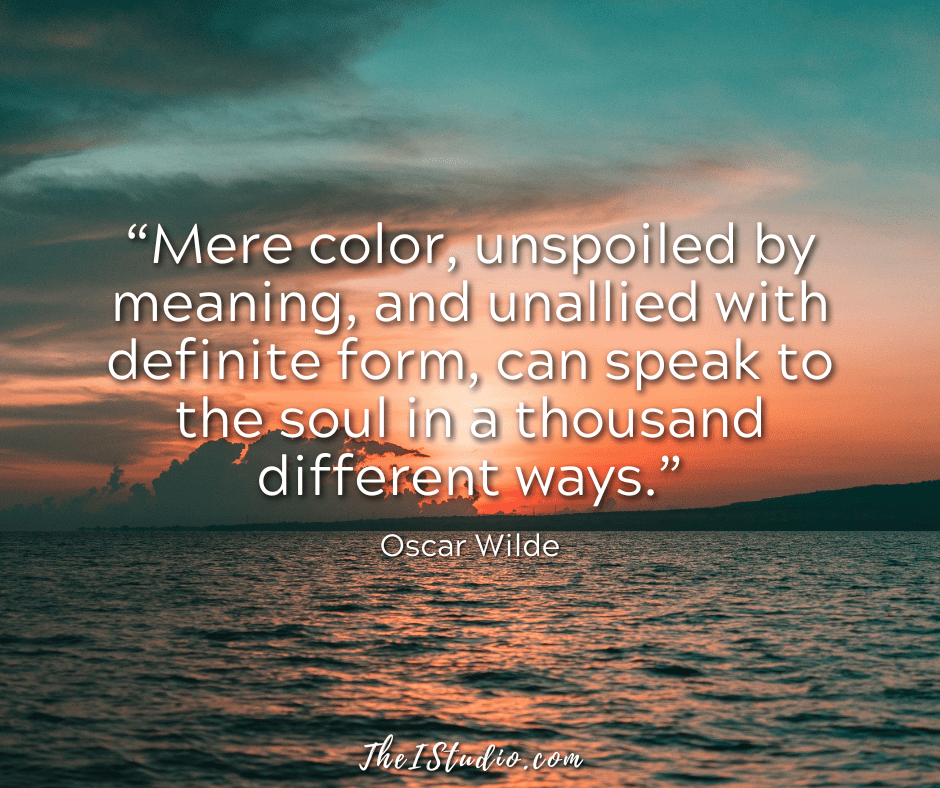Why Website Colors Matter

Yes, it is your website; you can choose your desired colors. Thanks to WordPress, you can use any combination of colors. You can change the text color, headlines, accents, and buttons with a click.
But that doesn’t mean you should. Do your colors complement or clash?
Your website’s appearance and colors impact how it makes people feel and, more importantly, what it makes people do. Colors also contribute to and solidify your website’s appearance of credibility and legitimacy.
Why Create a Website Color Palette?
Look at my site as an example. Do you notice anything? My entire website revolves around only three colors. Even with my featured images, I try to stay within the same color scheme and theme.
Why do I do that? It lends to a clean, professional, and credible presentation. And a cohesive branding message.
You can look home-brewed quickly when you add colors willy-nilly without concern about whether they will match or clash with other site elements. That is why it is better to establish a color palette and then stick to it to provide a polished presentation.
Colors Have Meaning
A perfect example is a traffic light. Red for Stop, Green for Go, and Yellow for Caution. You see those colors, and you know how to react. They have a universal meaning.
When you choose the colors for your website, you want to be aware of how each color may be perceived, even subconsciously, and how it may make visitors feel. The colors you choose will determine what visitors think of your presentation.
What can colors imply about your website? Here are a handful of examples for each color.
BLACK: Formality, Elegance, Fear, Sophistication, Wealth
BLUES: Calm, Knowledge, Security, Stability, Trust.

BROWN: Comfort, Home, Endurance, Simplicity, Outdoors

GREENS: Generosity, Environment, Nature, Renewal, Youth

GRAYS: Calm, Conservative, Intelligence, Reliability, Security

RED: Aggression, Danger, Heat, Passion, Power

ORANGE: Demanding, Energy, Enthusiasm, Warmth, Vibrant

PURPLES: Ceremony, Honor, Nobility, Mysterious, Wisdom

YELLOW: Friendship, Happiness, Hope, Imagination, Optimism

WHITES/BEIGE/IVORY: Clinical, Goodness, Precision, Purity, Simplicity

If you do business internationally, colors may have different meanings in other cultures. For example, red in Japan reflects happiness; here in the USA, it is perceived as an aggressive power color. White in the West indicates marriage, while in Eastern Cultures, death.
Creating Your Color Palette
Back in the day, there were “web-safe colors.” These 216 colors were what you wanted to stick with as they were the only ones to be displayed consistently across all 8-bit platforms. Decades later, that’s no longer the case, and you can use any colors you want.
The key is that they look good together and help to support your business’s image and perception. Of course, some folks are better at determining what colors look good together than others. So, if you are the latter, here’s what we do.

If you have a logo, start there. On the web, colors are called out by six-digit hex codes preceded by the hash/number sign. For example, white is #ffffff, and black is #000000.
Your graphic software should have a color picker tool. The icon usually looks like an eyedrop. With that tool, you can get specific color codes from any graphic, including your logo. Then, use those colors and lighter or darker variations to create your palette.
You want a palette of only 3-4 colors for everything: links, headlines, buttons, mouseovers, and other accents. Too many colors can easily clash and not help build a visual brand, which is so important online.
Don’t Forget About Featured Images
Many website owners overlook how images and colors can impact the overall appearance of their website. So, first and foremost, regardless of color, stay away from clip art. It just looks cheesy.
Photo quality is paramount—quality photos represent your business, image, and products. As you can see, I chose featured images that align with my overall palette and primary “blue” color.
Your image color scheme has to look good – not stark with a contrast that does not clash. You don’t want any featured image to appear out of place or stand out as “which one is not like the others.”
Websites to Help Create Your Palette
Now, let’s be honest. If you are not creative and don’t understand what colors look good together, don’t wing it. At the very least, use the tips and tools below.
Here are a few websites you can bookmark to learn about and create, then nail down your website palette.
Color Choices Are a Reflection of Your Brand
Colors can make a massive difference in how your online presence is perceived. Choose your colors wisely if you want to be taken seriously, instill trust, and build relationships with your site visitors.
At your service,


